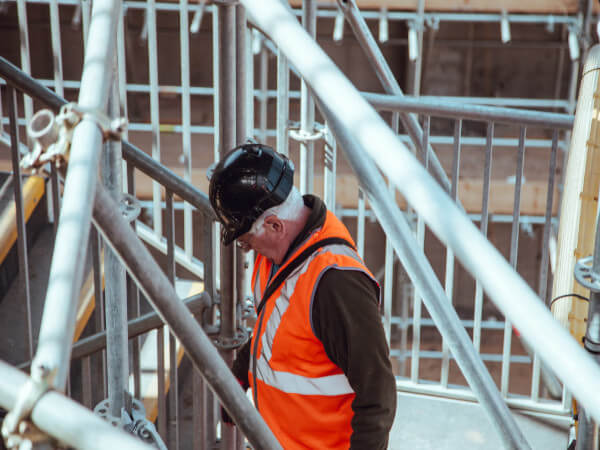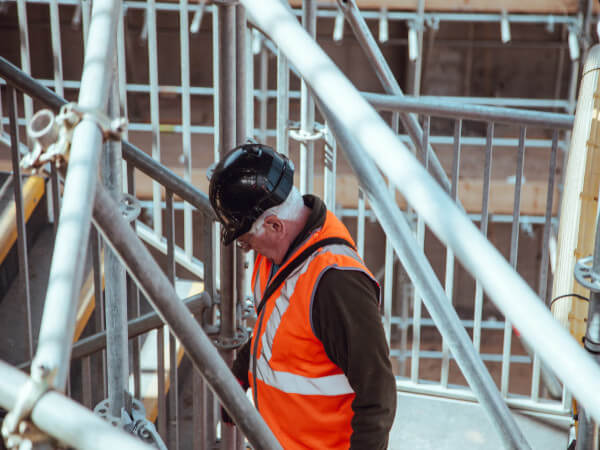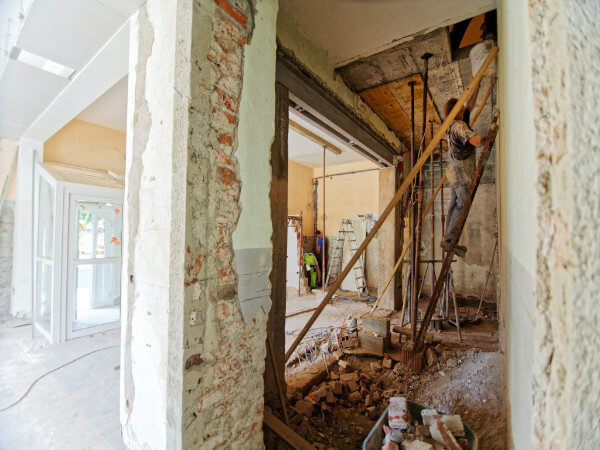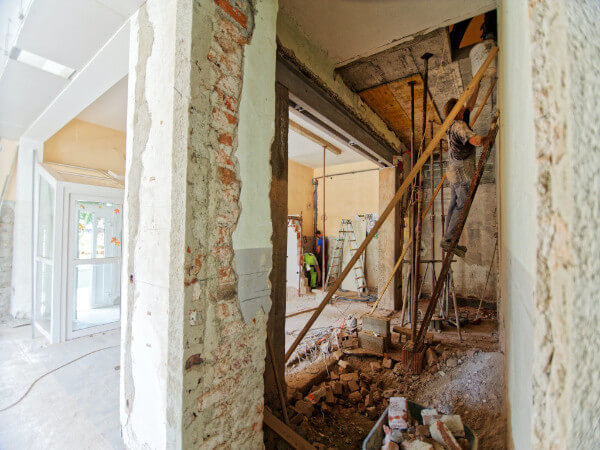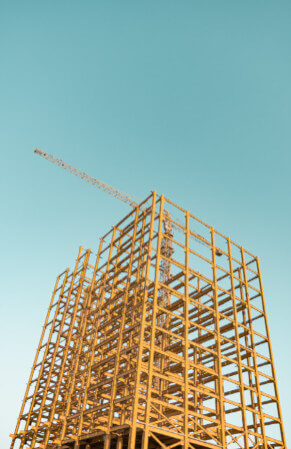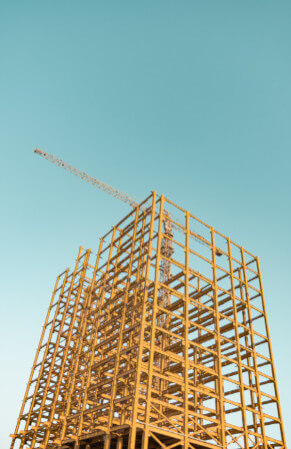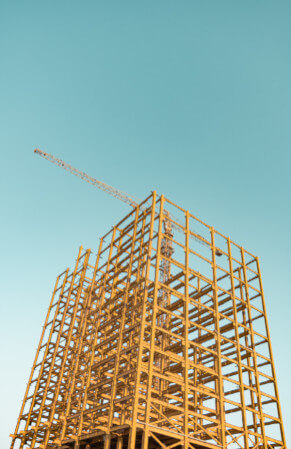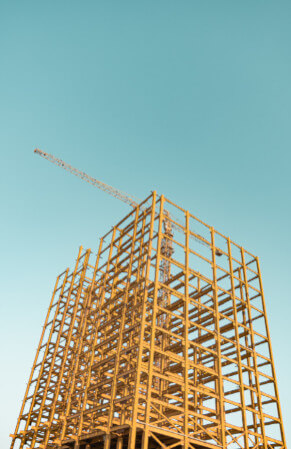The construction industry’s COVID-19 recovery across Asia Pacific including Japan (APIJ) can be classified into three phases: “response”, “adaptation”, and “acceleration”. A recent IDC InfoBrief, sponsored by Autodesk, Road to Recovery: Overcoming COVID-19’s Impact on the Construction Industry with Digital Technologies, looks at each of these phases including the top technology investments at each stage of recovery.
We’ve talked previously on the blog about how the industry is building resilience and future-proofing through digital technologies, as well as how construction companies in the “response” phase of COVID-19 are using technology to ensure the workforce is connected, engaged and safe.
The “adaptation” phase is the next stage of recovery, in which construction companies must secure and create a well-adjusted workforce regardless of their location. These organisations are supporting a hybrid workforce, characterised by effective management of policies, processes, and technologies. They have moved beyond simply responding to the crisis and are actively bolstering themselves to operate in a new world, one where COVID could still impact them – but they will respond more quickly than the first time, and one where they are setting themselves up for future unforeseeable crises.
Whilst the companies in this group, just over 63% of survey respondents, have not hit peak acceleration – they still have knowledge to share. They are likely now set up to support a remote workforce, have implemented health and safety processes and technology, and have started to make a solid plan to accelerate themselves into the next phase.
The focus for companies in the “adaptation” phase
Companies in this phase must focus on investing in technologies more selectively in a move towards building resiliency for the business, especially since they are experiencing the impact of recession due to a prolonged decline in revenue and are looking to overcome this situation.
The InfoBrief found that among APIJ construction companies:
- 65% show very effective or highly effective adaptation of technologies
- 62% say that they have very effective or highly effective processes
- 59% believe they have been very effective or highly effective in implementing policies in a hybrid workforce
Top three technology investments in this stage of recovery
As construction companies in the “adaptation” phase anticipate the increase of onsite operations, technology investments must be made to ensure safety and security amongst employees. The key to a successful reopening are smartphone apps to communicate with employees and capture feedback on health and wellbeing (52%), touchless fixtures (45%), and temperature sensing technologies (43%).
For construction companies in the adaptation phase, the primary consideration is to capture feedback on a real-time basis, to ensure that any break in workforce safety is captured immediately to avoid possible disruptions in the workplace and in operations.
Preparations for a hybrid workforce
While preparations are being made for a safe return to work, construction companies in the adaptation phase are likely to retain a portion of their employees working primarily from their homes because of the benefits experienced by both the business and the workforce, as well as potentially during future COVID-19 outbreaks in which working from home is mandated or encouraged for short periods.
By supporting a hybrid workforce, 50% of construction companies in APIJ have seen improved employee health and safety, 43% realised higher employee retention, and 41% noted improved employee experience.
Autodesk Construction Cloud supports COVID-19 recovery
With the construction industry facing a new era of convergence and evolving challenges for processes and teams, innovation is essential to create streamlined workflows and maintain competitiveness in today’s marketplace.
Software like Autodesk Construction Cloud, which integrates a cloud-based portfolio of products used to manage construction projects, enables connected workflows, teams and data at every stage of construction to reduce risk, maximise efficiency and increase profits; supports companies into the future.
The unified technology offered by Autodesk Construction Cloud is becoming increasingly important for companies to support COVID-19 recovery, and we are working with our customers to support them through their journey to recovery, growth and beyond.
To download the IDC InfoBrief, click here. To find out more about how Autodesk Construction Cloud can support your business, contact us or get your free trial.
The post Construction Companies in “Adaptation” Phase Use Technology to Support Hybrid Workforce appeared first on Digital Builder.

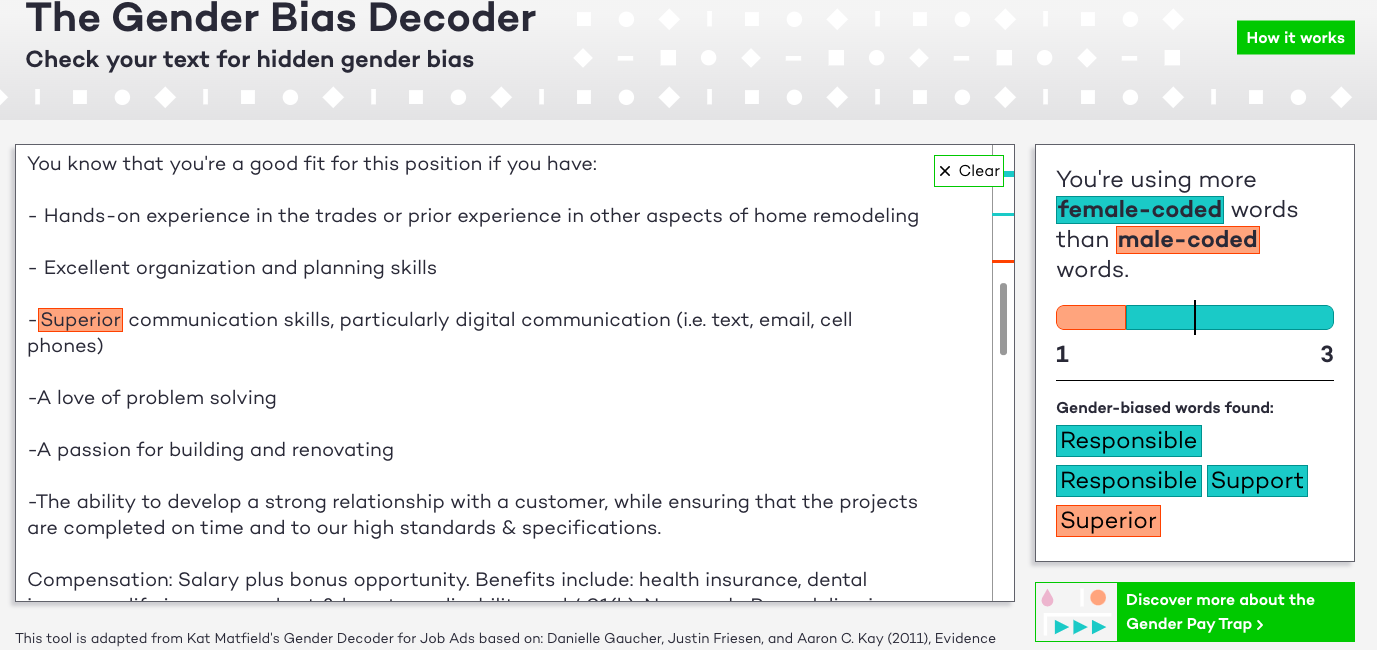
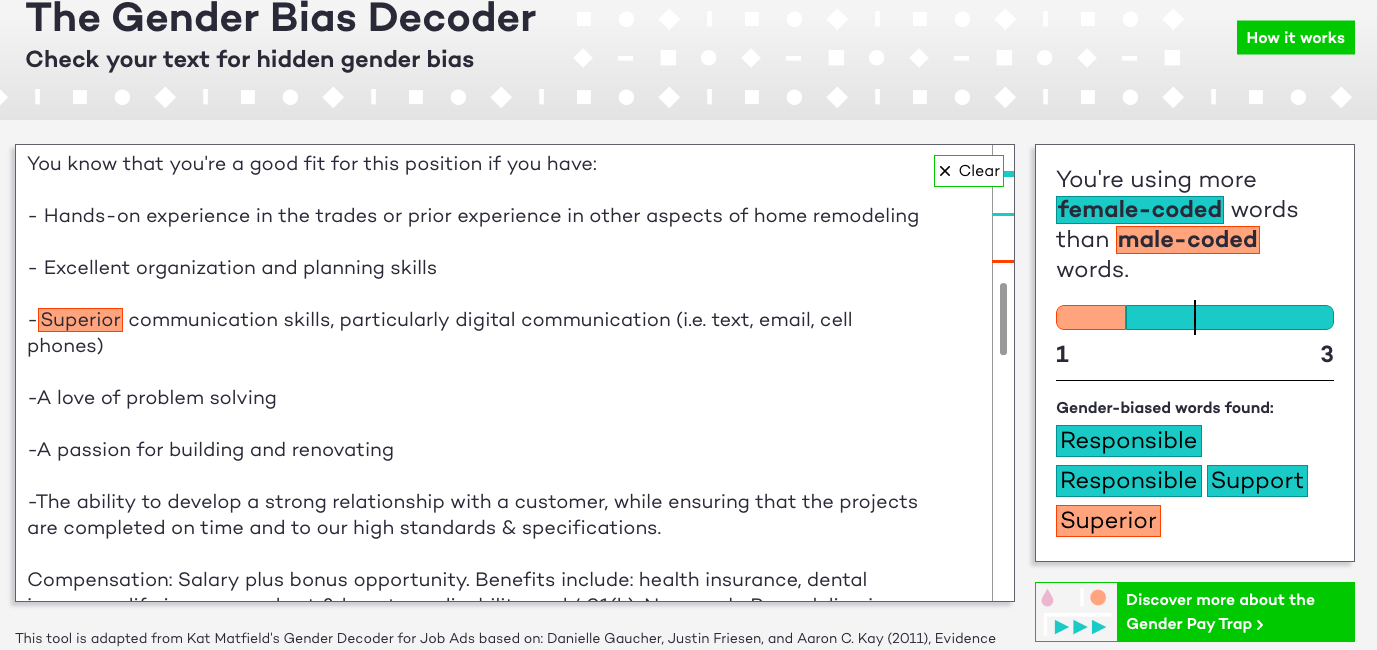
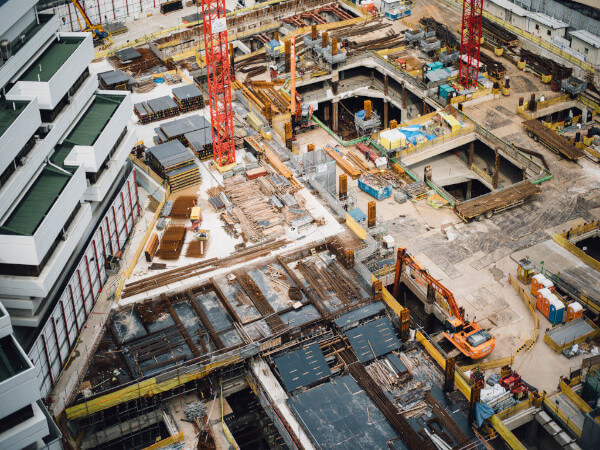
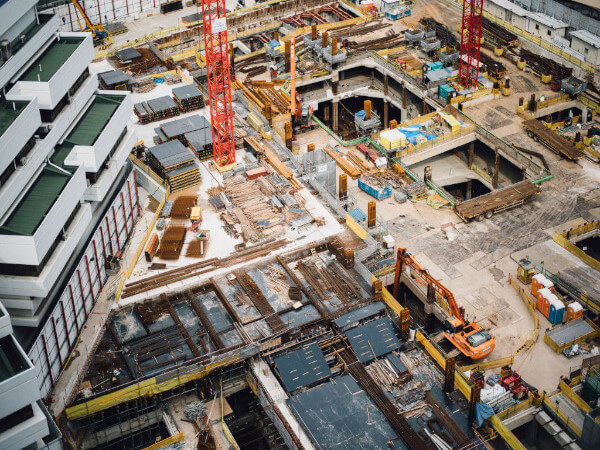
![Year over year growth, BuildingConnected data reveals top 15 cities with most new projects published [report]](https://www.clarkeconstructioncreations.com/wp-content/uploads/2021/10/Year-over-Year-Growth-800x392-1.jpg)
![Top 15 cities, BuildingConnected data reveals top 15 cities with most new projects published [report]](https://www.clarkeconstructioncreations.com/wp-content/uploads/2021/10/Top-15-cities-800x382-1.jpg)
